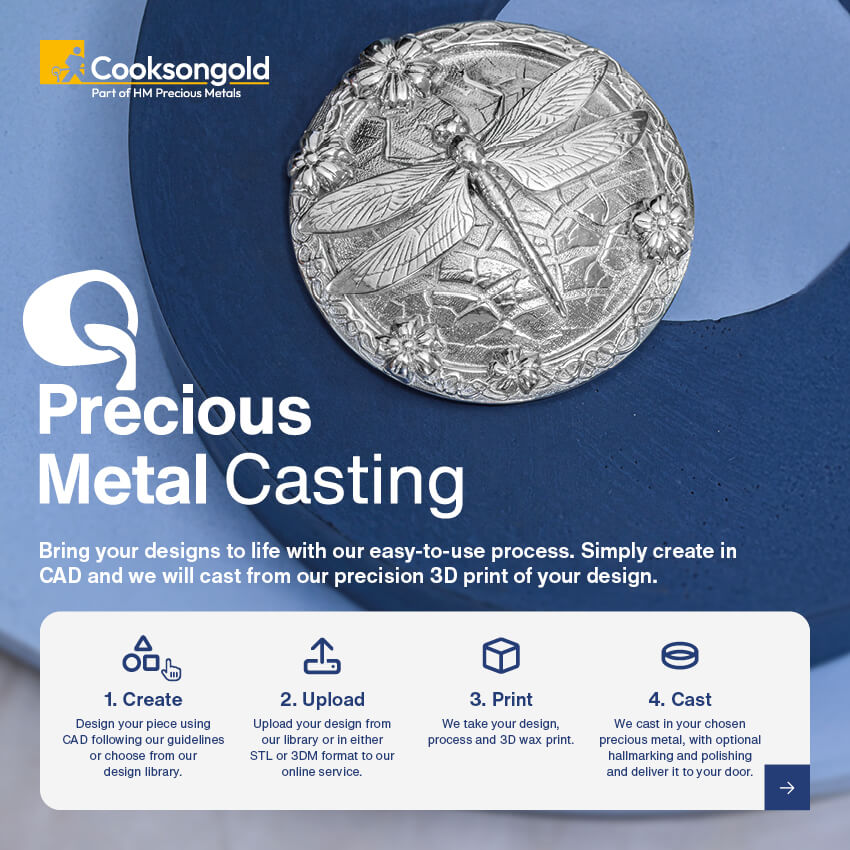Hush Hush! The Crown Jewels London Debunked
Reading Time:
1 min {{readingTime}} mins
The world-famous coronation regalia known as the ‘Crown Jewels’ are a magnificent collection of ceremonial and sacred objects of immeasurable importance and wealth, symbolising British royal power.
As part of the Royal Collection, the Crown Jewels hold a rich cultural and religious significance to the British Monarchy. Stored and displayed in The Jewel House at The Tower of London since 1661, the collection of royal regalia boasting 23,578 precious jewels is still regularly used by the Queen in National ceremonies today as well as drawing in visitors from across the globe.
Held by the Queen of Sovereign, the Crown Jewels are not only an assortment of stunning jewels and diamonds but a working collection of deep history and antiquity unbeknown to many. Here is a sweeping roundup of the British Crown Jewels that may not already know…
Rent-a-jewel, anyone?
Up until the reign of Queen Victoria, it was usual for the gems in the Crown Jewels to be rented solely for the coronation from the crown jeweller himself. The fee for such a privilege was 4% of the gems’ value.
Sticky Fingers
In 1671, the Crown Jewels encountered a close call when they were stolen from The Jewel House by the mysterious ‘Colonel’ Blood and two accomplices who hid them under their robes. Caught red-handed and wrestled to the ground, amongst the stolen jewels was the orb, the crown and the spectre. These jewels were put back on display behind bars once they were repaired and polished.
Dripping in gemstones (and money)
Possibly one of the most well-known pieces of the collection and one of the newer items in the regalia is The Imperial State Crown, 1987. This crown is one that is worn by the monarchy as they leave Westminster abbey preceding the coronation as well as other national occasions such as the State Opening of Parliament.
What makes The Imperial State Crown such a remarkable addition to the royal collection is the sheer amount of stones set within its design. The crown features a grand total of 2,868 diamonds, 269 pearls, 17 sapphires, 11 emeralds and 4 rubies! Why have just one diamond when you can have 2,868!
Sparkle in the Spotlight
Containing some of the most exceptional gemstones in the world, The Crown Jewels contain three of the most famous diamonds in history as well as the blue Stuart Sapphire. Thought to have been smuggled out of the country by James II in 1688, this blue sapphire now adorns the back of the Imperials State Crown. The first of the three diamonds is the Cullinan I, cut from the biggest diamond found at the time. This 530.2 carat gemstone is the world’s largest white cut diamond, now mounted on the sceptre. The second largest stone, Cullinan II weighs 317 carats now sits on the front band of the Imperial State Crown. The third and final gemstone is the Koh-i-Noor diamond, weighing 105.6 carats. Steeped in mythical lore and symbolism, this diamond was presented to Queen Victoria in 1849 and now adorns the crown of Queen Mother Elizabeth.
Out of Service
When the Imperial State Crown is worn by the monarchy during a coronation or used at the yearly opening of Parliament, a simple sign stating “In Use” is displayed at the Jewel House in its place.
Steeped in Ancient Ritual
The Crown Jewels are most notable for their significance in the coronation ceremony and the passing of royal authority from one monarch to the next. The earliest documented coronation to take place in England is the crowning of Anglo-Saxon King Edgar from 937 in Bath. However, despite the coronation being a sacred ritual in history, it hasn’t been without its mishaps! At the State Opening of Parliament, the Imperial State Crown was badly damaged when it fell and hit the ground from the cushion carried by the elderly Duke of Argyll. Additionally, during the coronation of George III, a rather large diamond fell from the Imperial State Crown, causing a frantic search until it was eventually found.
Jewels of Ailment
Despite their magnificent beauty, importance and wealth, the Crown Jewels have given members of our royal monarchy more than the power they bargained for! Not only was Queen Anne carried up the aisle of her own coronation in 1702 as her bout of gout was heightened from the weight of the crown but the coronation crown was so heavy that it gave William IV a rampant toothache. Instead of getting the crown lightened ahead of his coronation, William IV opted to have his tooth removed instead. No pain, no gain after all! In other news, in preparation of the ceremony to formally invest royal honours to Queen Elizabeth, the coronation ring had been altered to fit her finger. However, come the time of her coronation, the ring had been made so small that the archbishop had to force the ring onto her ring. As documented in one of her diaries, it was ‘jolly painful to take off’.
Author:
Published:










